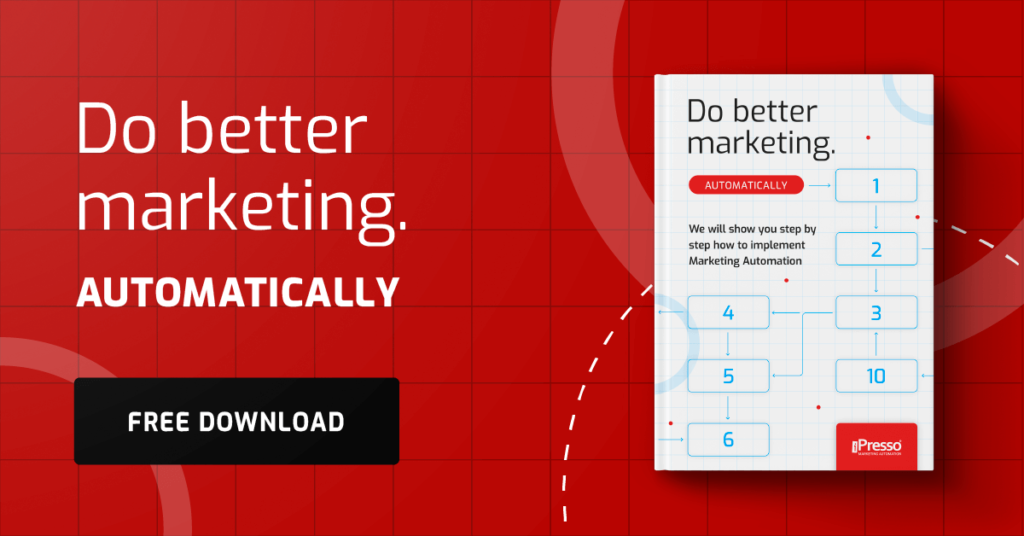Google No Longer Wants Single Articles. See How the Topic Clusters Strategy Builds True Authority

Stop publishing content randomly! Traditional SEO based on single keywords is no longer effective. Today, Google isn’t looking for authors of hundreds of unrelated articles, but for comprehensive experts who fully understand a given subject. Want to dominate your niche? It’s time to shift your thinking from individual terms to entire, logically connected Topic Clusters.
The End of the Era of Single Keywords
Just a few years ago, SEO success often depended on how well you could “stuff” a keyword into your text. If you wanted to rank for “best cafes in Warsaw,” you wrote an article exclusively on that topic.
Google promotes pages that are comprehensive experts in a given area. By writing single, unrelated articles, you create chaos. Topic Clusters are a method that organizes your knowledge into a logical structure, easily understood by both robots and users.
What is the Topic Cluster Model?
Simply put, the Topic Cluster strategy is a structure that replaces chaos with logical order. Instead of writing a collection of loose notes, you create a book on a specific subject.
Imagine your blog is a library. A Topic Cluster is one fully cataloged and coherent section of that library. It consists of three interconnected elements:
1. Pillar Page
This is like the table of contents and the most important chapter of the book.
- Characteristics: It is a long, exhaustive article (often 3000–5000 words or more) on a very broad topic, e.g., “The Complete Guide to Social Media Marketing.”
- Role: The Pillar Page generally discusses all key aspects of the issue. Its main task, however, is to link to more detailed content (Cluster Content) and serve as the central point of authority.
2. Cluster Content
These are the detailed chapters of your book.
- Characteristics: These are shorter, very specific articles that answer one issue in depth, e.g.:
- “How to Create an Effective Facebook Ad: Step-by-Step Guide”
- “Optimal Instagram Posting Times in 2025”
- “TikTok Marketing for Beginners: Your First Campaign”
- Role: They provide in-depth knowledge in a specific segment, thus supporting the authority of the Pillar Page.
3. Internal Linking (The Magic Glue)
This is the key that binds the entire structure and gives it meaning in Google’s eyes.
- Rule: All connections must be bidirectional:
- Every article-chapter (Cluster Content) must link back to the main Pillar Page.
- The Pillar Page must link to all articles within its cluster.
- Effect: This creates a dense network of connections that tells Google: “We have an entire encyclopedia on this topic here! We are an undisputed authority.”
How to Build Your First Cluster?
Implementing Topic Clusters requires planning, but it is a repeatable process.
Step 1: Choose the Topic for Your Pillar Page
Do not choose a topic that is too narrow or too broad. It must be a key area of your business that is broad enough for you to write at least 15–20 detailed articles on it. Example: Instead of “Post Creation Tools,” choose “Content Marketing for SMEs.”
Step 2: Conduct Research and Find Topics for Cluster Content
List all possible questions, problems, definitions, and issues that users search for within your main topic. Use keyword research tools (e.g., Google Keyword Planner) to ensure that the cluster content actually addresses real queries.
Step 3: Create the Content
- Start with the Pillar Page: Write a powerful, comprehensive pillar article that aims to be the only resource a user needs. In its content, naturally signal the need for further, detailed exploration of the topic (this is where you will insert the links later).
- Then Create the Cluster Content: Write detailed articles that answer single questions exhaustively.
Step 4: Connect Everything with Links
This is the most essential phase. Ensure a perfect and logical internal linking structure. Use descriptive anchor texts that clearly communicate to both the user and the Google robot what specific topic you are linking to.
Why Is It So Effective?
- You Build Topical Authority: Google sees that you are not just another article writer, but an expert who has comprehensively discussed the entire issue. As a result, your site is promoted as a reliable source.
- Better Rankings: The power of internal links is distributed. When the Pillar Page gains strength (thanks to external links and high rankings), it “pulls up” all the cluster articles connected to it. If one of the clusters succeeds, it also strengthens the Pillar Page.
- Organized Site Structure: Users find the information they need more easily, moving smoothly between the general and detailed articles. They spend more time on your site, which is another positive signal for Google.
Summary
The Topic Clusters strategy is for the ambitious. It requires moving away from writing for short-term gain, toward long-term authority building. While it involves greater planning and more work upfront, in the long run, it is the most certain way to create a lasting competitive advantage and build a true “moat” around your brand in search results.
Start thinking not about individual terms, but about topics. Become an expert, and Google will reward you.



